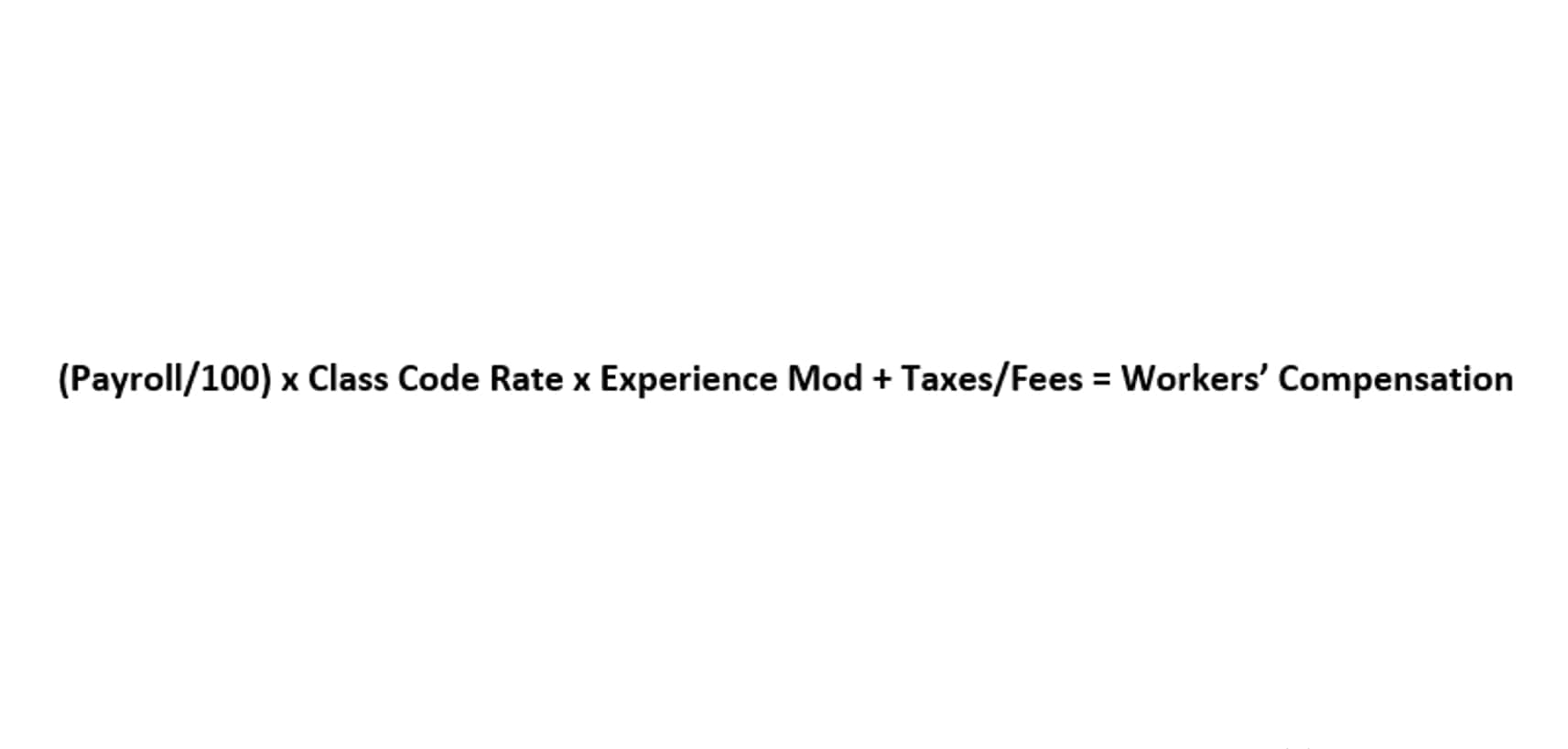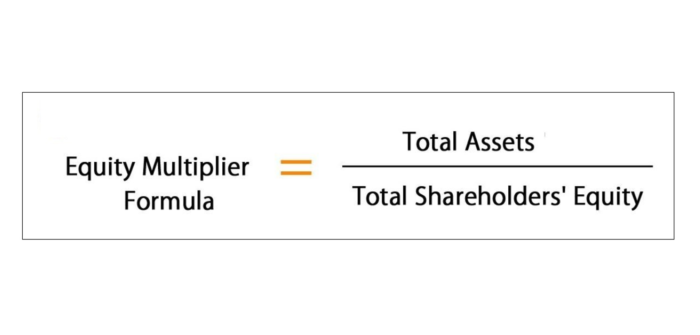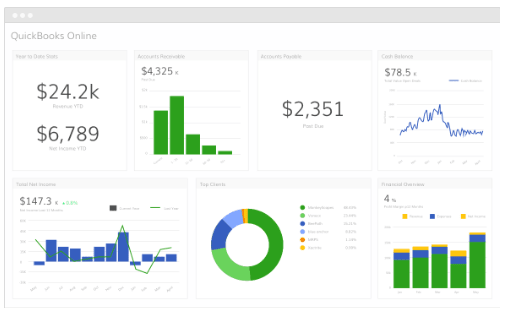
Cash flow from assets refers to the amount of money generated or spent by a company’s assets during a specific period. It provides an indication of the company’s ability to generate profits and manage its resources efficiently. By calculating cash flow from assets, you can assess the overall health and performance of a business. Having a clear understanding of this concept can greatly benefit your financial decision-making. To determine how much cash your business is generating from its day-to-day operations, you’ll want to take a close look at the financial statements and analyze the flow of money within your company.
Analyze the Results and Make Informed Financial Decisions
A business will run into serious problems Travel Agency Accounting if its operatingcash flow is negative for a long time, because this means thatthe firm’s operations are not generating enough resources to paycosts. To calculate net cash, start with your net income and add back any non-cash expenses such as depreciation or amortization. Next, consider changes in working capital, including accounts receivable, inventory, and accounts payable. If there are increases in these items, subtract them from net income; if there are decreases, add them to net income. While “cash flow from assets” isn’t a standard accounting term, it is important because this measure plays a significant role in the context of financial and investment analysis. By consistently monitoring and optimizing these areas, businesses can progressively improve their cash flow from assets, ensuring they are poised for growth and resilient in the face of financial challenges.

BAR CPA Practice Questions: Calculating Foreign Currency Translation Adjustments

It provides valuable insights for making informed financial decisions, empowering you with freedom to choose wisely. This core assessment is particularly valuable for internal stakeholders QuickBooks and potential investors looking for a transparent evaluation of the business’s primary functions. Suppose the company’s operating cash flow falls short of the aggregate amount of the net capital spending and change in net working capital.
How does the calculation of cash flow from assets differ from other measures of financial performance?
Now that you have determined the investing cash flow, it’s time to analyze the results and make informed financial decisions for the future growth of your business. By analyzing cash flow patterns and evaluating financial risks, you can gain valuable insights into the health of your business and make strategic decisions accordingly. Importantly, understanding the importance of cash flow analysis empowers individuals with freedom in managing their resources effectively. By tracking and analyzing your own personal or business cash flows from assets, you gain control over your financial situation. This knowledge helps you make informed decisions about spending, saving, investing, or seeking additional sources of income. To evaluate investment opportunities and assess the profitability of a business, you can use the calculated cash flow from assets.

This will enable you to make more informed decisions regarding resource allocation, investment opportunities, and risk management strategies. Comparing this metric across companies within the same sector helps discern a company’s performance relative to its peers, assisting with investment decisions and determining competitive positioning. The importance of cash flow from assets cannot be understated, as it serves as a compass for various stakeholders navigating the financial landscape of a business. Consistent positive cash flow cash flow from assets equals might be a testament to effective leadership, reflecting the team’s ability to utilize assets for cash generation strategically. Conversely, dwindling or negative CFFA might raise red flags about the company’s operational strategies.
- This calculation will allow you to determine the amount of cash generated or consumed by your core operations.
- By consistently monitoring and optimizing these areas, businesses can progressively improve their cash flow from assets, ensuring they are poised for growth and resilient in the face of financial challenges.
- To determine how much cash your business is generating from its day-to-day operations, you’ll want to take a close look at the financial statements and analyze the flow of money within your company.
- Look for “cash spent on capital assets” (often titled “Purchases of property, plant, and equipment”), and subtract any money received from selling capital assets.
- It measures a company’s ability to generate cash inflows from its core operations using strictly its current assets and fixed assets.
- It provides an indication of the company’s ability to generate profits and manage its resources efficiently.
Reveals Outcomes of Past Financial Strategies and Decisions
Start with the cash flow statement, which provides a summary of your company’s operating activities, investing activities, and financing activities. This statement will give you an overview of how cash is flowing through your business. Cash flow from assets (often abbreviated as “CFFA”) refers to the total cash flow generated by a company’s assets, not taking into account cash flow from financing activities. It measures a company’s ability to generate cash inflows from its core operations using strictly its current assets and fixed assets.
- Analyzing the results allows for a deeper understanding of your company’s financial health and helps guide strategic decision-making.
- This statement will give you an overview of how cash is flowing through your business.
- This understanding will enable you to make informed financial decisions moving forward without losing sight of evaluating potential returns on investment opportunities.
- This information is vital for future planning, aiding in accurate budgeting and forecasting.
- Management makes informed decisions about investments, divestitures, or replacements by assessing which assets yield strong cash flows and which don’t.
- Suppose the company’s operating cash flow falls short of the aggregate amount of the net capital spending and change in net working capital.
Ensure Efficiency of Accounting-Related Processes
In this example, TechPro Inc. has generated a cash flow from assets of $140,000 during the period. This means that the company has $140,000 in cash available to be distributed among its investors (debt and equity holders), reinvested in the business, or used to pay down debts. This information can help stakeholders assess the company’s financial performance and its ability to generate cash from its operations and assets.
